

— Blogs —
—Products—
 Consumer hotline +8618073152920
Consumer hotline +8618073152920 WhatsApp:+8615367865107
Address:Room 102, District D, Houhu Industrial Park, Yuelu District, Changsha City, Hunan Province, China
Product knowledge
Time:2024-08-25 15:41:24 Popularity:1430
Weather Measuring Instruments, or Weather Measuring Instruments, are a range of devices used to monitor and record weather data. These include temperature and humidity sensors for thermal conditions, wind sensors for speed and direction, barometric pressure sensors for predicting change, rain gauges for precipitation measurement, solar radiation sensors for energy input, and visibility sensors for atmospheric clarity. By integrating these sensors into a weather station, they are essential for areas such as weather forecasting, climate research, agricultural management, and environmental monitoring.
 |  |  |  | 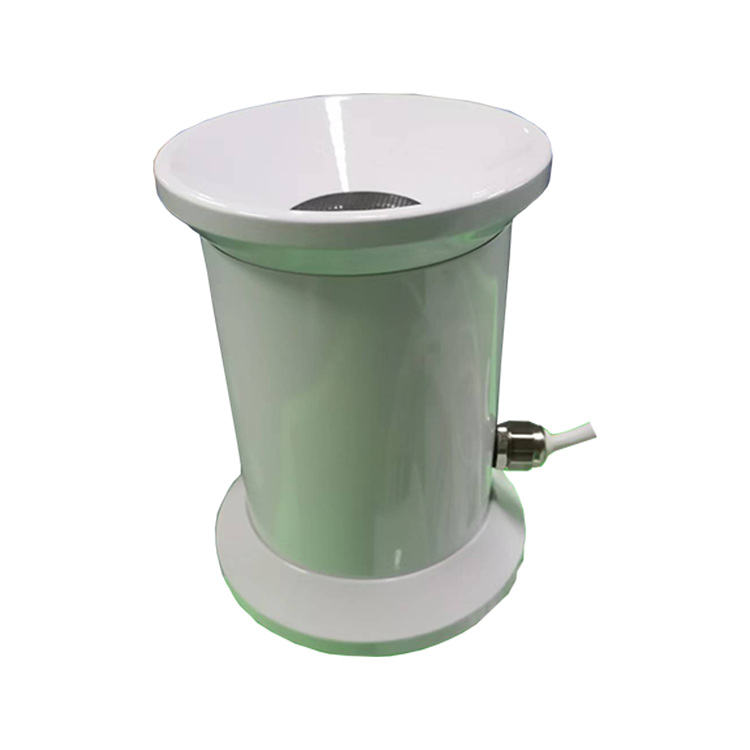 |
| Anemometer Wind Speed sensor | Wind direction sensor | Tipping bucket rain gauge sensor | Tipping bucket rain gauge sensor | Ultrasonic Snow Depth Sensor |
 |  |  | 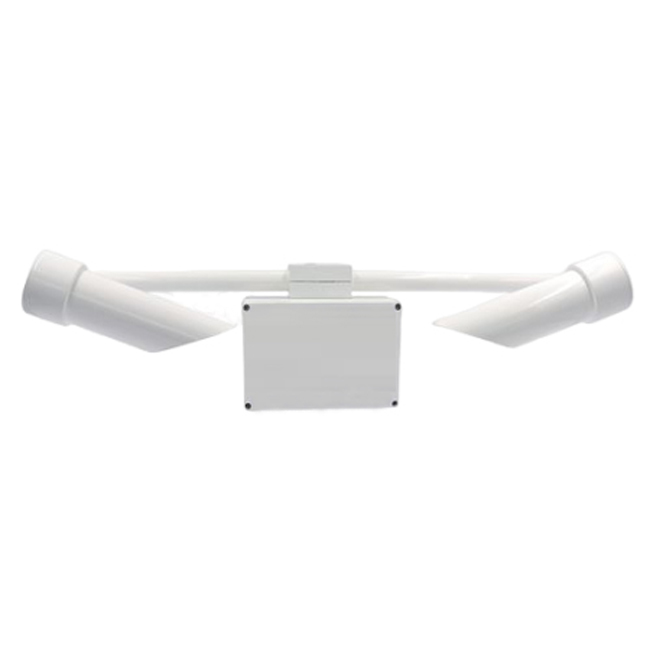 |  |
| Atmospheric Temperature Humidity air pressure Sensor | ultrasonic wind speed and direction sensor | 5 in1 Ultrasonic Weather Station Sensor | Visibility sensors | 7 in1 Ultrasonic Weather Station Sensor |
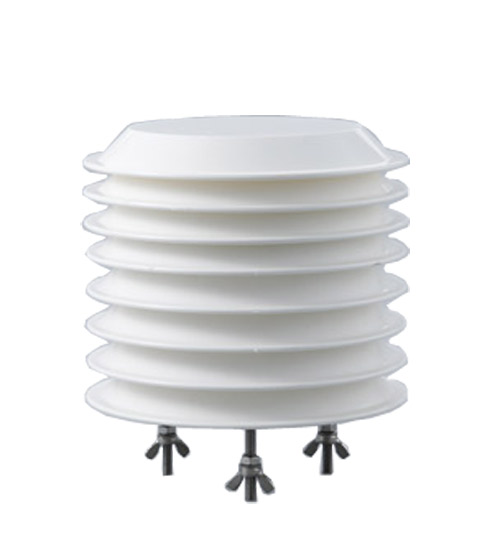 |  | 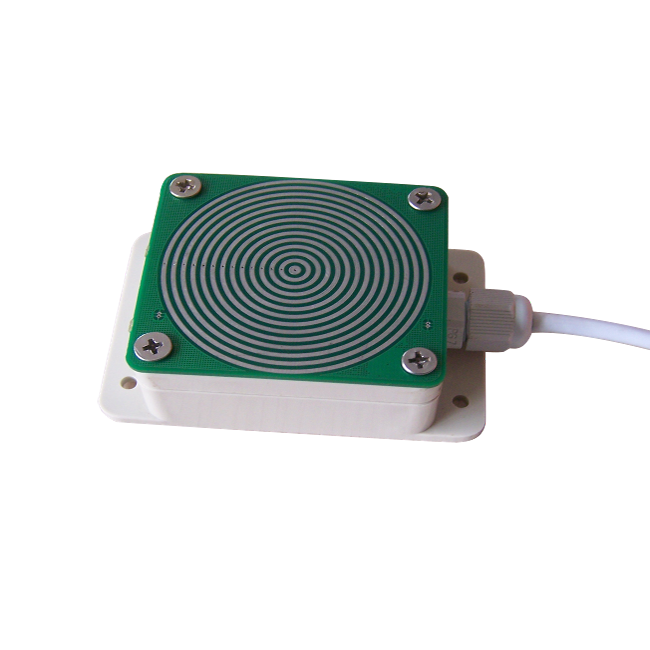 |  | 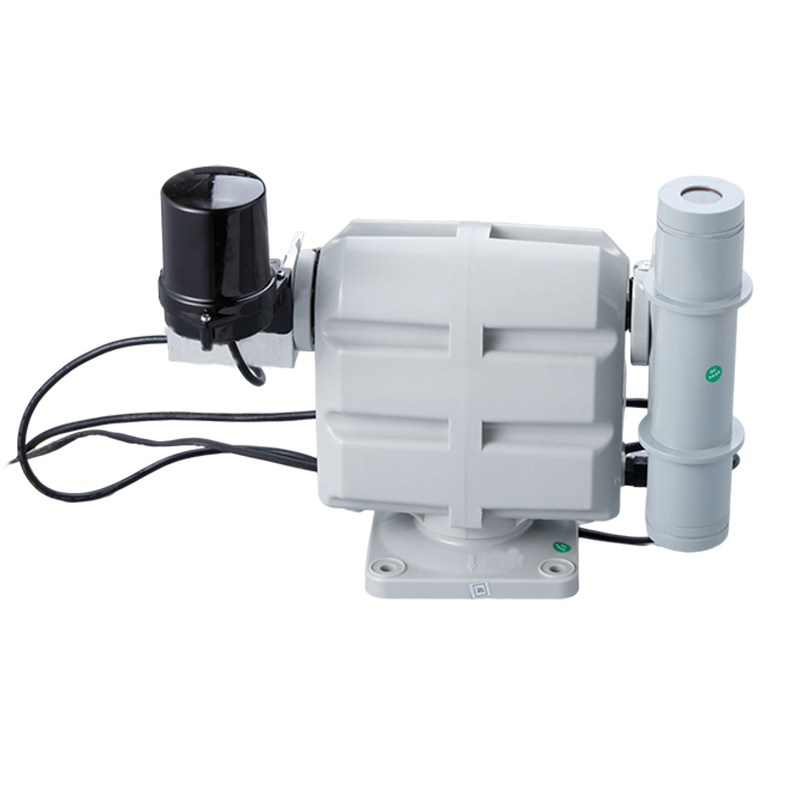 |
| Carbon dioxide sensor | Solar Radiation Sensor | Rain and snow sensor | illumination sensor | solar radiation sensor |
Weather Measuring Instruments typically contain the following types of sensors:
Temperature sensors are used to measure the temperature of the air. Common types include resistance temperature detectors (RTDs) and thermistors (NTC or PTC). They can provide readings in degrees Celsius or Fahrenheit.
Temperature sensors are critical for weather forecasting and climate research.
Humidity sensors are used to measure the amount of moisture in the air, usually expressed as relative humidity (RH). Common humidity sensors are capacitive and resistive.
Humidity sensors help in understanding weather changes and agricultural irrigation needs by measuring the amount of water vapor in the air.
Barometric pressure sensors are used to measure atmospheric pressure, usually expressed in hectopascals (hPa) or millibars (mbar).
Barometric sensors monitor changes in atmospheric pressure, which is critical for predicting weather trends and storm formation.
Wind speed sensors are used to measure wind speed and are commonly found in cup anemometers and thermal anemometers. They can provide readings in meters per second (m/s) or other units of speed.
Wind direction sensors are used to determine the direction in which the wind is blowing and are usually used in conjunction with wind speed sensors. Commonly available are wind vane or potentiometer wind sensors.
Wind speed and direction sensors: provide information on the speed and direction of the wind and are important for the marine, aviation and construction industries.
Precipitation sensors are used to measure precipitation and include rain gauges and snow gauges. Rain gauges typically measure precipitation in millimeters (mm).
Precipitation sensors: provide data support for flood control and water management by measuring the total amount and intensity of precipitation.
Light sensors are used to measure the intensity of solar radiation or luminosity and are commonly available as photoelectric sensors. They can provide readings in lux (lx) or other units of light.
Light sensors: are valuable in areas such as agriculture and solar energy utilization.
Role: Measures the intensity of solar radiation, including total, direct and scattered radiation, usually in watts per square meter (W/m²).
Value: Solar radiation data is valuable for evaluating solar energy resources and studying climate change.
It provides real-time radiation data for solar power generation and optimizes power generation efficiency.
In climate research, solar radiation data is a key factor in understanding the Earth's energy balance and climate change.
Determines how far one can see through the atmosphere, important for fog, haze or smog conditions.
Role:Measures atmospheric visibility, i.e., the extent to which the human eye can see objects at a given distance. Visibility is assessed by measuring the scattering and absorption of particulate matter in the atmosphere, usually measured in meters (m).
Value: Visibility data is important in areas such as traffic safety, aviation and navigation. Low visibility weather can lead to problems such as traffic accidents and flight delays, so timely and accurate visibility data are important for public safety.
Summary:
Weather Measuring Instruments are a set of sophisticated devices for monitoring and recording meteorological data. They provide comprehensive and accurate meteorological information for weather forecasting, climate research, agricultural management and environmental monitoring by including a wide range of sensors such as temperature, humidity, barometric pressure, wind speed, wind direction, precipitation and light. The use of these instruments not only helps us to better understand weather systems, but also provides an important basis for decision-making in various industries.
Related recommendations
Sensors & Weather Stations Catalog
Agriculture Sensors and Weather Stations Catalog-NiuBoL.pdf
Weather Stations Catalog-NiuBoL.pdf
Related products
 Combined air temperature and relative humidity sensor
Combined air temperature and relative humidity sensor Soil Moisture Temperature sensor for irrigation
Soil Moisture Temperature sensor for irrigation Soil pH sensor RS485 soil Testing instrument soil ph meter for agriculture
Soil pH sensor RS485 soil Testing instrument soil ph meter for agriculture Wind Speed sensor Output Modbus/RS485/Analog/0-5V/4-20mA
Wind Speed sensor Output Modbus/RS485/Analog/0-5V/4-20mA Tipping bucket rain gauge for weather monitoring auto rainfall sensor RS485/Outdoor/stainless steel
Tipping bucket rain gauge for weather monitoring auto rainfall sensor RS485/Outdoor/stainless steel Pyranometer Solar Radiation Sensor 4-20mA/RS485
Pyranometer Solar Radiation Sensor 4-20mA/RS485
Screenshot, WhatsApp to identify the QR code
WhatsApp number:+8615367865107
(Click on WhatsApp to copy and add friends)
